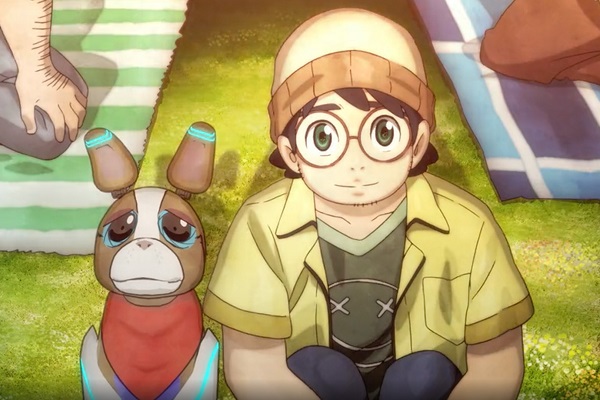Netflix’s New Anime Uses Generative AI Images for Background Art
Netflix has produced a new anime using AI-generated images as background art. The streaming giant’s Anime Creators Base in Japan created The Dog & The Boy animated short in Japan in partnership with Attack on Titan producer WIT Studio and synthetic media developer Rinna.
AI Anime
The film’s backgrounds include city and mountain landscapes, an autumn in the countryside, and a snowbound road that the main characters, the boy and the dog of the title, walk along. Based on the credits, it seems that humans drew storyboard art, and the AI took that expanded on that initial image, refining it and making it fit for the filmmakers to layer the characters on top.
Netflix explained in a tweet that, “As an experimental effort to help the anime industry, which has a labor shortage, we used image generation technology for the background images of all three-minute video cuts!”
Animation is famously time-intensive and stressful. There are many stories of unhealthy work practices and underpaid artists, as little as $2,500 a year for anime artits in Japan. That’s despite $18.4 billion in revenue for the anime industry in 2021, according to a Variety report. The use of AI and the “labor shortage” explanation unsurprisingly garnered some caustic commentary from artists and fans who see the film as a way for the anime industry to reduce the number of artists and the amount they are paid. Some also expressed the belief that synthetically generated images as unethical because the models used to train the AI rely on human-made images scraped from the internet to learn.
That issue has already led to legal battles for generative AI. Images filed a complaint against generative AI service and Stabe Diffusion creator Stability AI about exactly that with London’s High Court of Justice last month. And Getty was only a few days behind a group of artists who lodged a class action lawsuit in California against Stability AI, along with Stable Diffusion platforms Midjourney and DeviantArt. In both cases, the issues arise from the copyrighted images amongst the billions of pictures used to train Stable Diffusion. That includes the open-source LAION-5B dataset AI model and the images Stability scraped from the web, including Getty’s servers, without their creators’ awareness. That’s why Shutterstock made a point of highlighting that it is paying the artists whose work was used to train its new text-to-image tool.
Follow @voicebotaiFollow @erichschwartz
Shutterstock Launches AI Text-to-Image Generator Powered by OpenAI’s DALL-E
Metaphysic Will De-Age Tom Hanks and Robin Wright in Robert Zemeckis Film ‘Here’
Getty Images Sues Stability AI for Generative AI Art’s Alleged Copyright Violations









